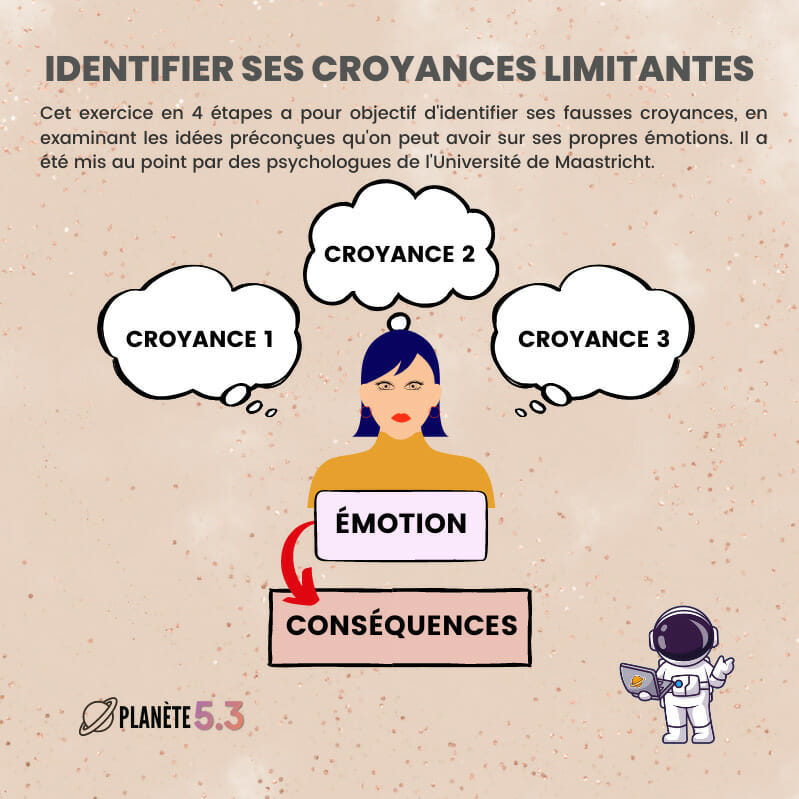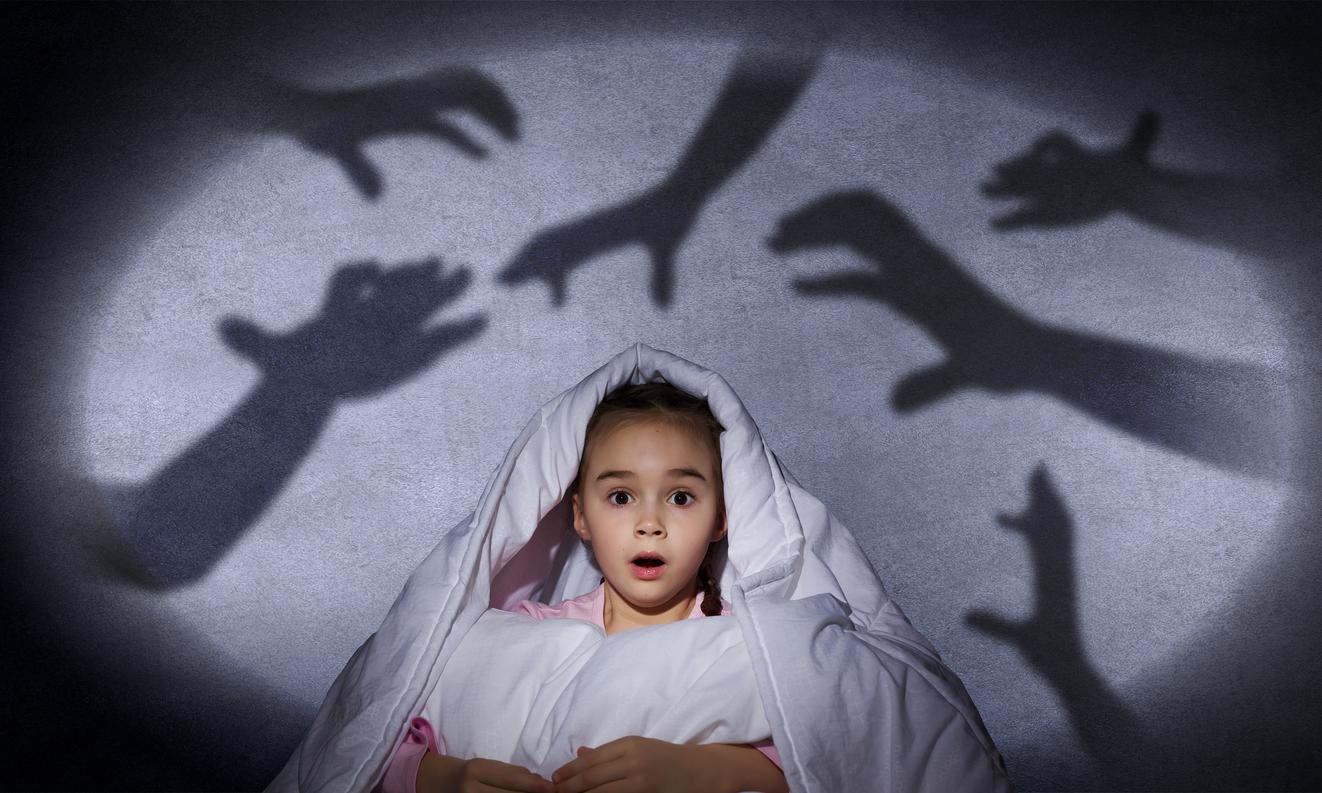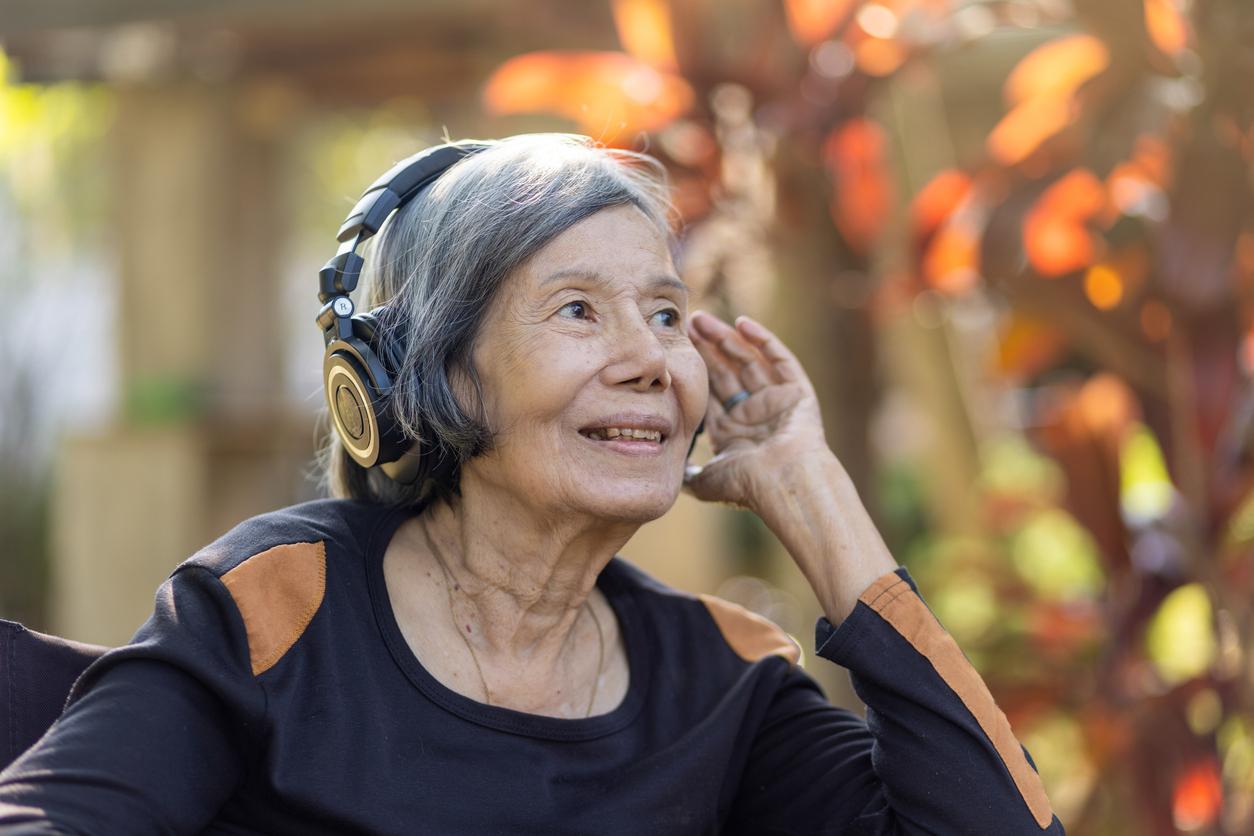Interview with a dance therapist
Sometimes you get stuck. Mentally or physically. Talking or taking pills aren’t the only ways out then. You can also opt for dance therapy. You don’t have to be able to dance for it, it’s about moving. You immediately feel where your blockages are. The therapist helps you to literally have a better life.
Since January 2006, dance therapy falls under the profession therapies. Renate Hoenselaar is a professional dance therapist. Together with Monique van den Heuvel she has her own practice for creative therapy dance and movement in Arnhem.
Observation Sessions
Children, young people and adults come to the dance therapist. They suffer from physical complaints such as head, neck and back pain. But also with mental complaints, such as depression, psychoses, aggressions, traumas and fears.
When a client comes to Renate Hoenselaar, she starts by finding out what the need for help is. Then there are a few observation sessions. She looks at the client’s movements and body. From this she determines where the blockages and a person’s strengths are.
Assignment
If Hoenselaar knows why someone gets stuck, she looks at where those blockages are located in the body. She gives the client a command and then observes the movements again. An evaluation follows after about five sessions.
“If a client bottle up a lot of anger, you see that he has trouble using force. Or if someone is holding tension, you notice this in the use of voice, the breathing and the movements in the upper body. I look at that and from there. I’m going to give orders.”
“I often consciously use the voice, because with that you vibrate the tension and you see what someone is doing. For example, I had a client who threw out the homemade slogan ‘UWV get rid of it’. He was so angry at his work and came completely loose in this way. I think that’s wonderful to see.”
Music
Hoenselaar often uses music during the sessions. Rhythms ensure that people move more easily. And music evokes emotions. “If someone is very angry, powerful music helps. I often let people choose the music themselves.” In addition to music, clients can also use mats, physiotherapy balls and gymnastics ribbons. “I think gymnastics ribbons are a fantastic tool. Moving with them shows exactly what someone can or cannot do. You really have to dare to take the space. If someone has too little strength or suffers from tension, he will not keep the ribbon in the air. “
Discharge
During therapy, clients notice how difficult moving can be. People with a traumatic experience such as sexual abuse have a lot of trouble with the ground. They don’t want to feel their bodies. Moving on the ground evokes a lot of emotions.
“Clients first have to go through a valley. All misery then comes out. After discharge there is often a feeling of relief. This gives a lot of peace. After the end, clients feel tired, emotional or on the contrary. They discover during the therapy that they can do more than they think. They link this back to daily life. This allows them to set more limits at work, for example. People are often surprised about their own strength.”
Group therapy or individual?
You can go to therapy individually or in a group. There are currently no groups running. Hoenselaar thinks that individual therapy is currently the trend.
“People prefer to be alone, because they find it scary and ashamed in a group. It is often better for people who want to stand up for themselves to go to group therapy, because this imitates society.”
Direct confrontation
Hoenselaar believes that dance therapy has several advantages over other therapies. “Dance therapy is non-verbal. You have to do it with your body. People often find this scary and confrontational. But it tackles the problem directly. The intention is to feel comfortable in your own body and better in life This therapy takes more time than, for example, a conversation with a psychologist, but the effect is very large.”
The practice of Renate Hoenselaar and Monique van den Heuvel is located in Arnhem. For more information: www.vaktherapiedans.nl.















